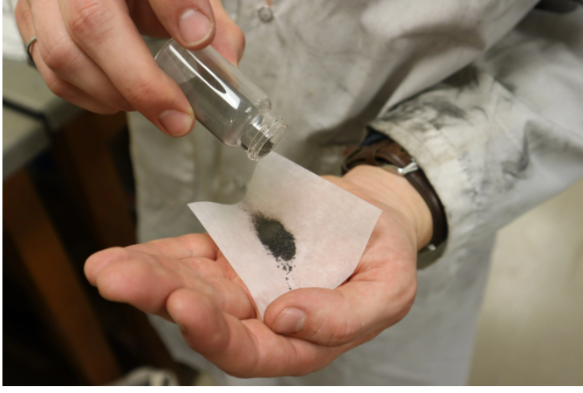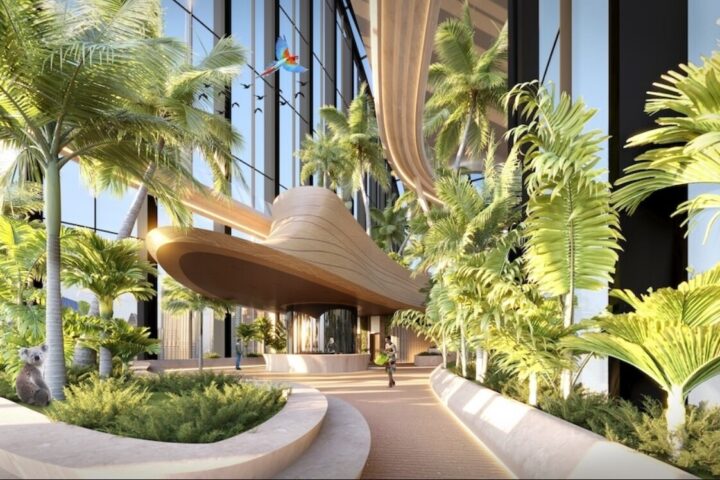On June 16th, Guangdong Transportation Group announced that the Shenzhen-Zhongshan Passage passed the final acceptance inspection. This marks the successful completion of all construction tasks for this world-class cross-sea cluster project after 7 years of preparation and construction. The project’s quality has passed a comprehensive assessment and is poised to officially open amidst great anticipation, forming a key part of the Pearl River Estuary’s “Golden Inner Bay” transportation network, shaping a new development pattern for regional transportation.
Guangdong Transportation Group declared on June 16th that the Shenzhen-Zhongshan Passage has successfully completed its final acceptance examination. After seven years of planning and building, this signifies the full completion of all construction activities for this top-tier cross-sea cluster project. The project’s quality has passed a thorough evaluation, and it is about to open formally to much excitement. It will play a significant role in the “Golden Inner Bay” transport network of the Pearl River Estuary and set a new standard for regional transport development.
The Shenzhen-Zhongshan Passage acceptance inspection meeting took place in Shenzhen on June 15–16. Representatives from 150 delegates from 80 units, including the Ministry of Transport Highway Bureau, Guangdong Provincial Department of Transportation, Guangdong Provincial Transportation Engineering Cost Management Centre, and Transportation Government Service and Emergency Command Centre, attended this important step prior to the project’s opening. The acceptance committee had lengthy meetings, looked over construction paperwork, and heard reports. The project’s quality assurance system was found to be comprehensive, compliant with technical and design specifications, tightly controlled throughout the process, and meeting engineering quality standards; as a result, the acceptance inspection was approved.
Similar Posts
Building a contemporary engineering management system, establishing a new management paradigm for cross-sea cluster engineering, and attaining “first-class management” are all outcomes of the Shenzhen-Zhongshan Passage’s adherence to demand-led innovation. In addition to researching and developing 15 world-first core materials, important technologies, and significant national equipment such 6mm 2060MPa zinc-aluminum-rare earth (magnesium) ultra-high-strength main cable wire ropes, it actively supports industrialised and intelligent construction. Through methodical innovation in the construction technology of offshore sea-span super-large-span cable-stayed bridges and large-scale immersed tube segment floating installation processes, it has surmounted a number of technical “bottleneck” issues and has formed “first-class technology” by supporting high-quality, high-precision, and efficient construction.
It implements refined management and fine construction, achieves five breakthroughs in areas such as the world’s first bidirectional eight-lane underwater tunnel, the world’s largest span offshore cable-stayed bridge, and the world’s first underwater hub interchange, leading “Shenzhen-Zhongshan quality”, creating “first-class facilities”. It has also cultivated a team of high-quality talents in cross-sea cluster engineering construction and innovation teams, providing Guangdong’s experience and Chinese solutions to world cross-sea channel projects.
It is understood that the construction of residential and commercial buildings in the Shenzhen-Zhongshan Passage was completed on the 15th. After the acceptance inspection, it is necessary to pass the industry regulatory authorities’ approval before it can officially meet the conditions for opening.

















